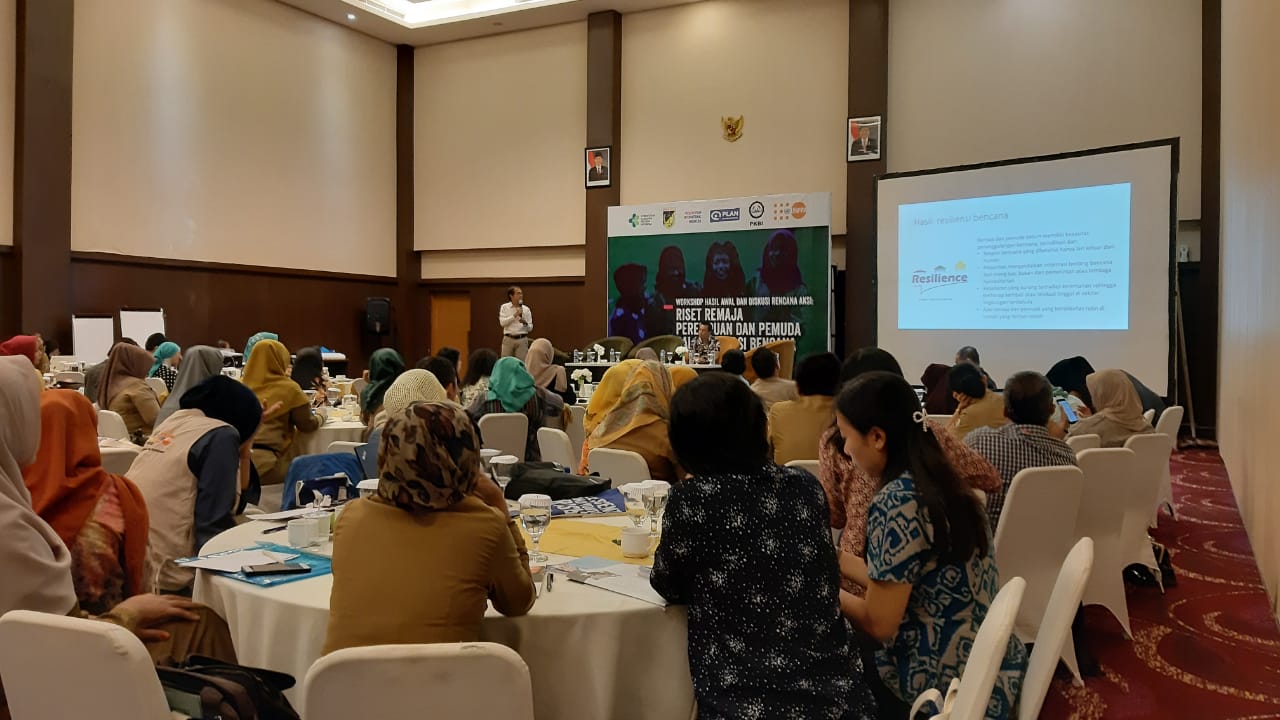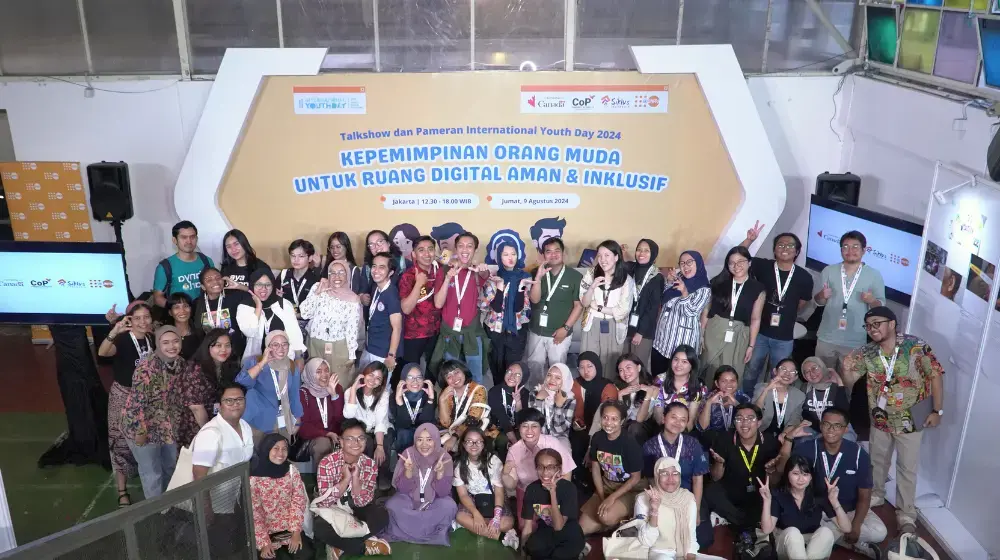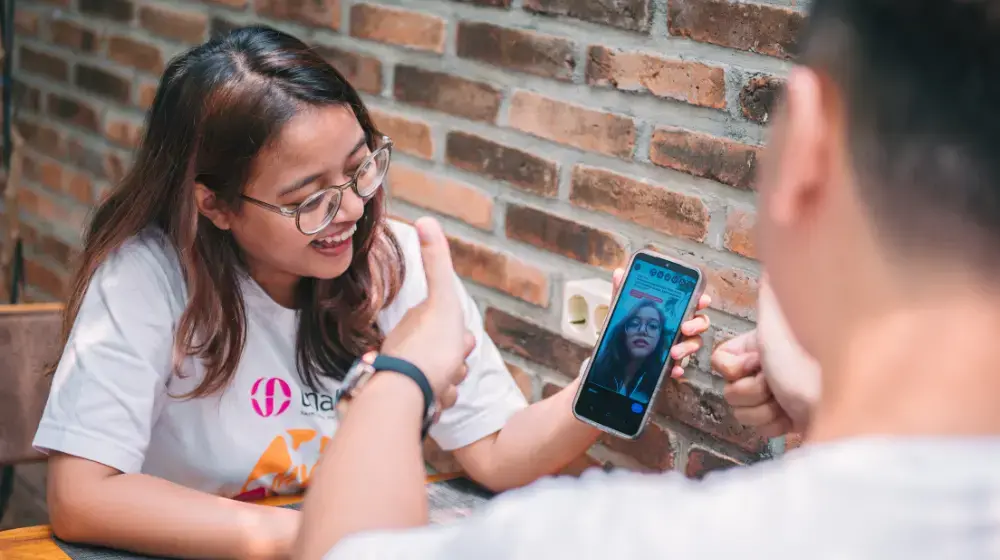PALU, Central Sulawesi, 25 June 2019: Adolescent girls and youth’s vulnerabilities in post disaster setting is a complex humanitarian challenges that requires active collaboration of various humanitarian organizations, including to develop a comprehensive programme for protection of rights and wellbeing of adolescents and youth that is multisectoral and well targeted.
Adolescent girls and youth, aged between 10-24-year-old is a distinct group with specific needs and vulnerabilities and experience the crisis differently than the other population age groups. “They are not yet adult and not children any more, which make them invisible or forgotten in the planning and delivery of humanitarian assistance. This is also part of youth vulnerability,” said Kuriake kharismawan and Endro Kristanto who did the research.
Various limitations in camps and temporary shelters, such as the lack of access to clean water, insufficient public facilities: bath-toilet-wash and health facilities, inadequate protection mechanism and, lack of privacy are likely to create a condition that is prone to gender based violence and reproductive health risks.

Becase of the diffficult living condition in post disaster setting, protection of rights and reproductive health wellbeing of adolescent girls and youth requires strong multisectoral partnership with active involvement of disaster affected adolescents and youth during emergency phase, recovery and longer term development. “Adolescents and youth are survivors: therefore, humanitarian assistance should properly target them as beneficiaries, as source of information to understand youth vulnerabilities, as active players in decision and policy making process for youth friendly camp & shelter management, recovery and longer-term development programmes,” said UNFPA Representative a.i. Najib Assifi.
“Proportion of adolescents and youth is quite large. Immediate access to youth friendly health services and the implementation of the Minimum Initial Services Package (MISP) for Reproductive Health should be a shared priority and delivered in a comprehensive, effective and efficient manner,” said the Ministry of Health’s Head of Subdirectorate for school age population and youth Mrs. Wara Osing.
Child Marriage
A speaker from the National Development Planning Board (BAPPENAS) Woro Srihastuti Sulistyaningrum raised the issue of child marriage, citing that 1 in 9 girls are married before the age of 18 years old. “Child marriage is an obstacle for women and girls rights and wellbeing; and for national population development in general,” she said, adding that addressing cultural and religious factors behind the practice is needed.
There are a couple fo reports of child marriage in the IDPs camps, which maybe the tip of the iceberg. Gender activists voiced their concern that the disaster would further exacerbate the practice. The difficult living condition forced parents marry off their adolescent daughters with a motive to ease family’s economic burden.
UNFPA Assistant Representative Dr. Melania Hidayat call for stronger partnership to address vulnerabilities of disaster affected adolescent girls and youth, including for gender-based violence prevention and child marriage. “Establishing immediate access to basic services that directly benefiting adolescent girls and youth would help meet their needs, address their vulnerabilities and ensure their wellbeing,” Melania told reporters.
Plan International Indonesia Programme director Dwi Rahayu Juliawati said that the findings of the research revealed the importance of gender-sensitive adolescents and youth programme, especially to address the specific vulnerabilities of girls like adequate access to bath-toilet-wash facilities that is desigend to protect privacy for good menstruation management.

Provincial Secretary Hidayat Lamakarate welcome the initiative to discuss the findings of the Adolescent Girls and Youth research and to integrate them into the Provincial Action Plan on Youth for recovery phase and subsequent development. “Part of the lessons learned from the 28/9/2018 disaster response is the need to have women friendly space, youth friendly space and the reproductive health clinic/tent in the earliest phase of emergency as these temporary facilities brought services and asssitance closer to the disaster-affected communities, especially women and girls,” he told reporters.
The launch, attended by multisectoral stakeholders and decision makers, was followed with a workshop to discuss the report findings and to collect sectoral challenges, best practices, recommendations and followup actions from the participants for Provincial Action Plan and for improved future response in the province and across Indonesia.





